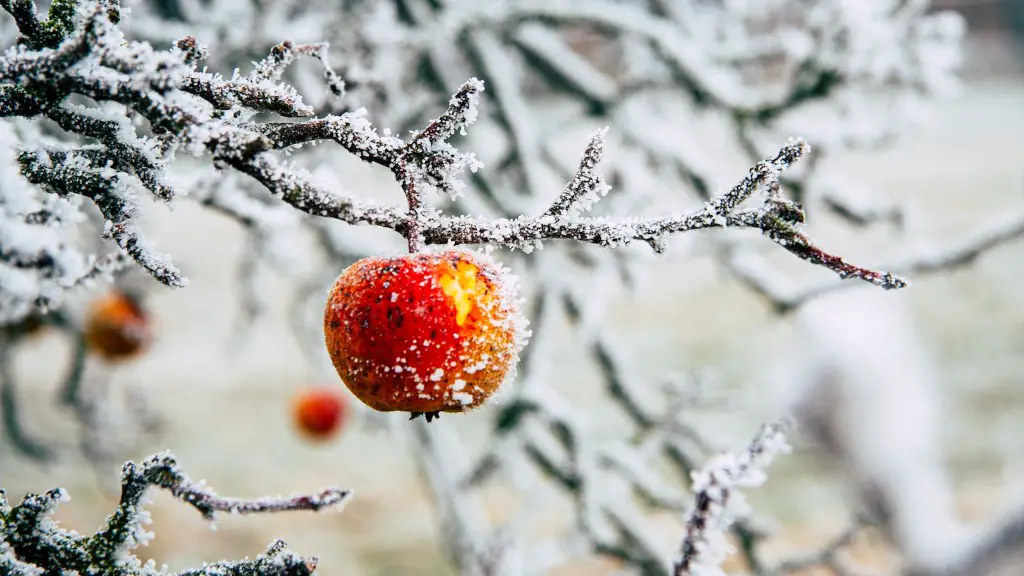Palm trees, a widely recognized symbol of tropical climates, may be a surprise to many as an indoor plant. Palm trees species have been in use for many years as an indoor plant, and their popularity is showing no signs of abating. They bring a unique style, charm, and atmosphere to any indoor environment, making them great long-term companions that will draw attention and admiration.
Palm trees typically require a lot of light to thrive indoors. In the absence of natural light, you can use grow lights to supplement the light your palm tree needs. Apart from sufficient lighting, factors to consider when trying to keep a palm tree indoors include humidity, water, and fertilizer. Palms generally thrive in humid environments with temperatures between 65-75°F, but they can be sensitive to sudden temperature changes. Additionally, when watering, give them sufficient water they can absorb but do not let the soil get soggy.
As is the case with all plants, you need to do your homework before deciding to keep a palm tree indoors. Different species of palm trees require different care and need to be treated and handled correctly, or you may experience a very short-lived palm tree. However, with the right care and attention, your palm tree can last for many years.
The best thing about having a palm tree indoors is that it can be one of a kind. By choosing a particular species that you like, you can create a unique atmosphere for yourself or your guests. Whether it be a centerpiece of the living room or an element in a minimalist kitchen, a well-cared-for palm tree can be a beautiful adornment to any interior.
Despite their exotic look, palm trees are relatively hardy plants that require minimal maintenance and attention. It is thus not too difficult to make your own indoor palm tree, so long as you give it the care it deserves. Weighing in both the pros and cons, a palm tree indoors may just be the perfect choice for your home.
Toxic to Pets
The best thing about having a palm tree indoors is that it can create a beautiful and unique presence in your home, however there is the chance that it will be toxic to your pets. Some palm trees can potentially be toxic to cats and dogs, and although the chances are low it is important to bear this in mind before deciding to have one indoors. It is thus wise to do some research before buying a palm tree, to ensure that you are not taking a risk to your pets’ health.
Space & Sizing
Another factor you should consider is the size and space of your home. Make sure that the spot where you want to keep your palm tree is accessible and has enough space for the palm to grow. Depending on the species, the palm can grow quite high and wide and thus you want to give it ample room. Additionally, make sure that the location is away from radiators, air conditioners, and other appliances that can both decrease the humidity and scorch its leaves.
Pruning & Trimming
With frequent attention and maintenance, you can keep your palm tree looking its best for many years. To keep the palm clean and healthy, occasional pruning and trimming is necessary. The fronds that have died should be removed and it is advisable to spray the plant occasionally with insecticidal soap, to keep away any unwanted bugs.
Pest Prevention
Palm trees have a number of pests that can near and take over a neglected plant. The most common pest that is attracted to palms is the Fungus Gnat, which are small flies that often breed in wet soil and can reproduce rapidly. The best way to keep the pests out is to make sure that the soil you use is not too wet and to inspect regularly if any unwelcome guests have moved in.
Nutritions & Fertilizer
Palm trees like nitrogen as an important nutrient, but other elements like phosphorus and potassium should also be included. To check the nutritional value of your soil, testing it with an at-home testing kit or by sending it away to a laboratory is often a good comfort. If the soil has inadequate nutrients, they can always be supplemented with fertilizer, but you shouldn’t go overboard and overapply the fertilizer.
Lighting & Temperature
Since the majority of palm species thrive in a sunny spot with six to eight hours of light a day. When the temperatures dip, it is important to move your palm tree to a protected spot, or if space is an issue, investing in a growlight is a great way to keep the number of light hours steady. Growing indoors can be challenging, but if done correctly, a beautiful and healthy palm tree can be an integral part of your interior.


